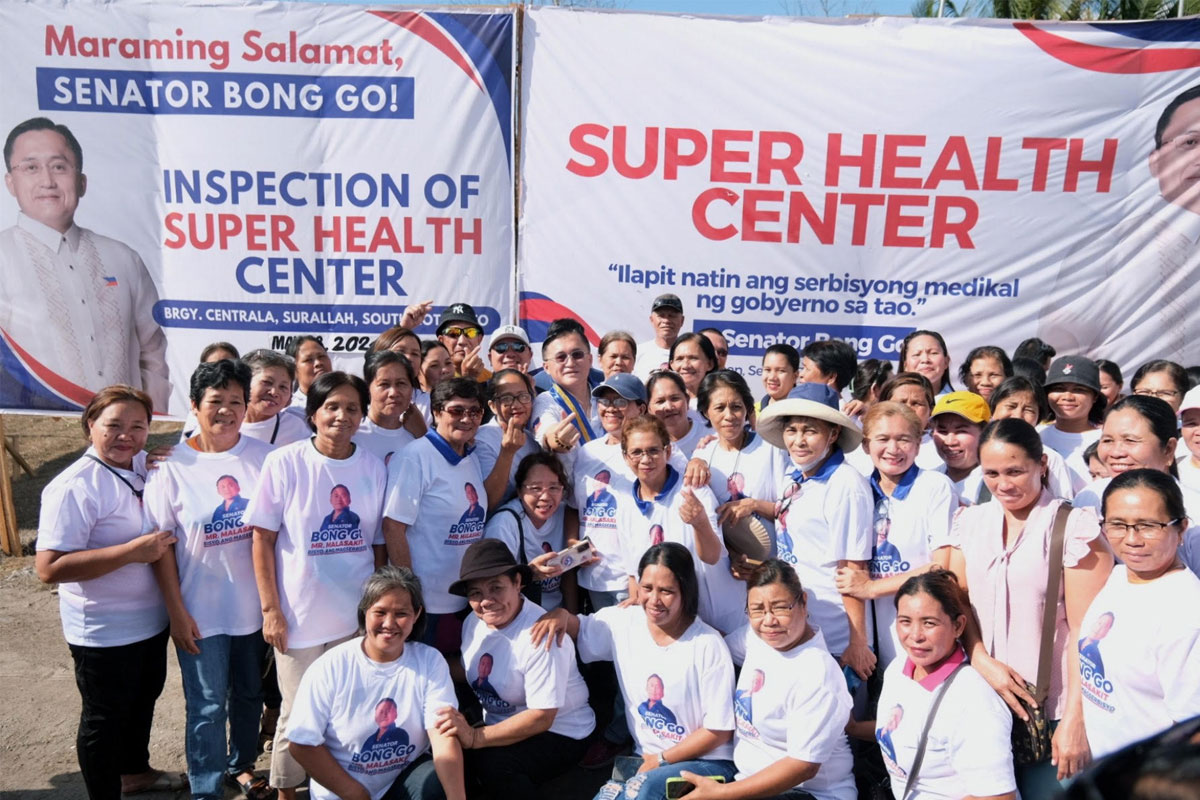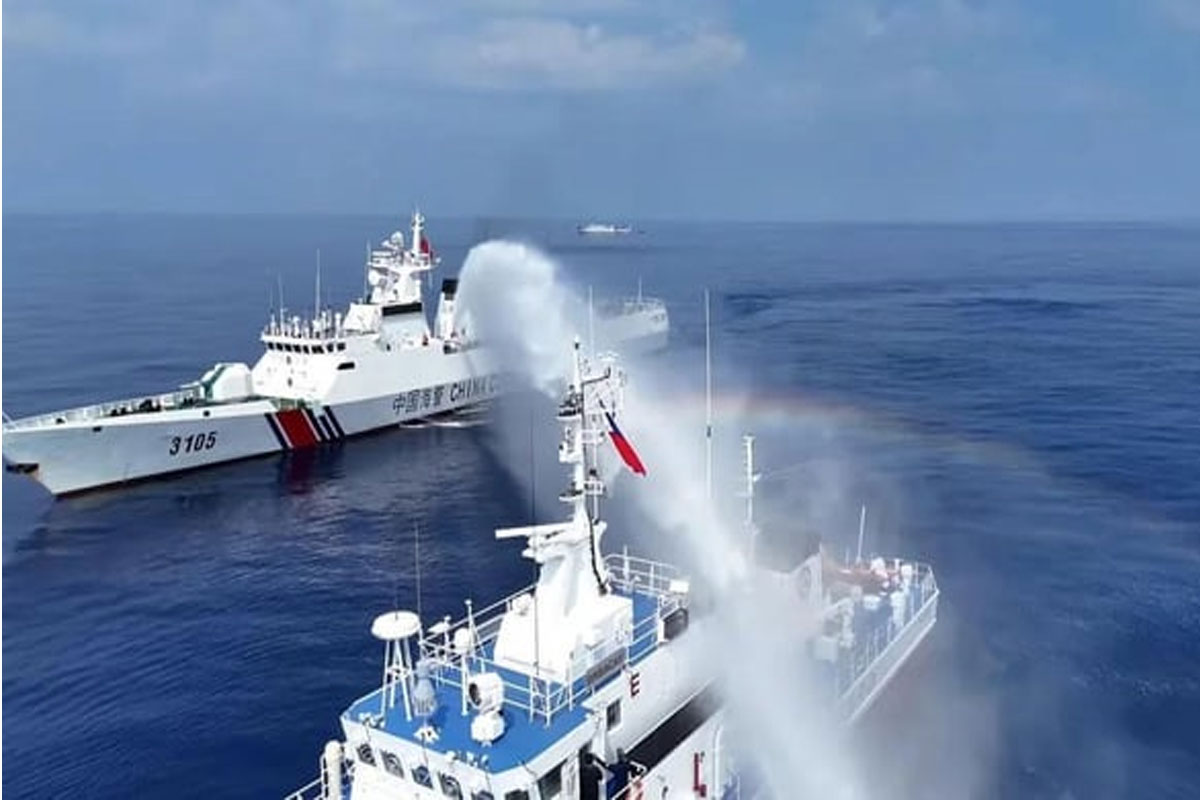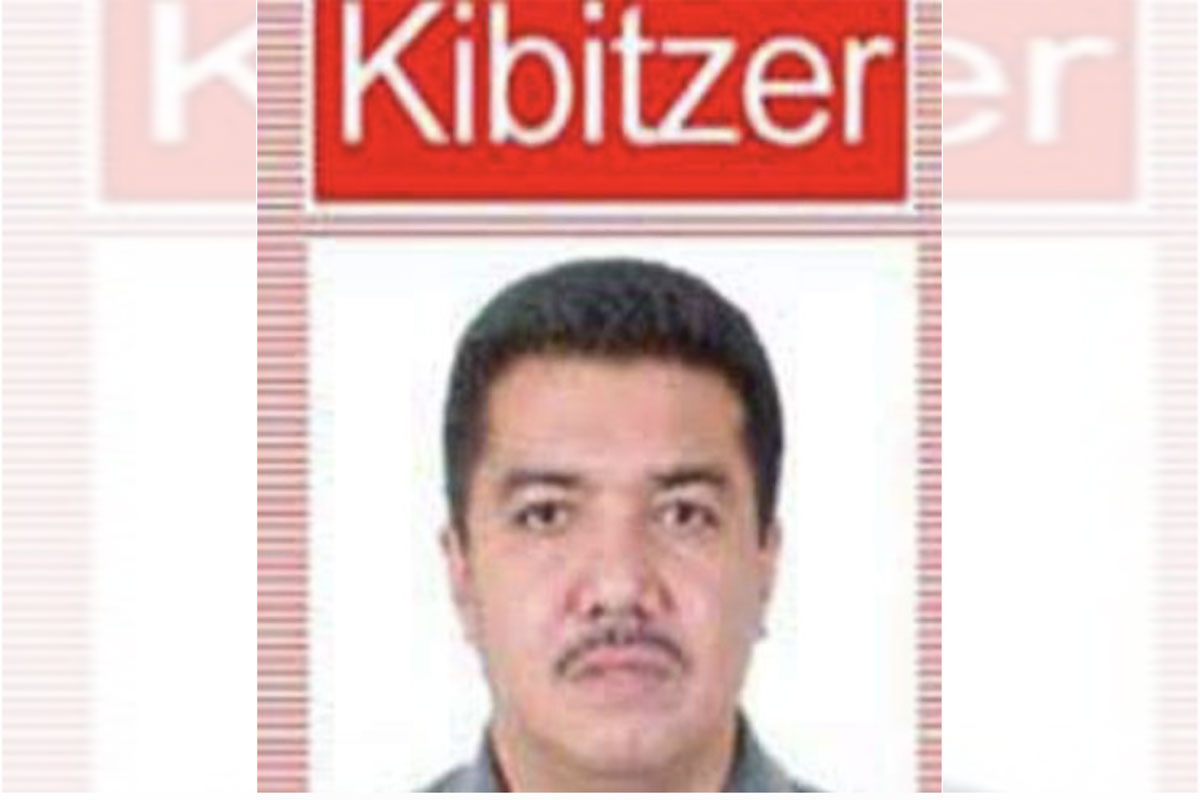
A challenge to speedy progress
OPERATIONS of the Philippine National Railways (PNR) commuter train service covering the Metro Manila portion were recently suspended.
To last for five years, the halted operations will allow for the start of building the much-awaited North South Commuter Railway (NSCR) project.
The closure of PNR’s Metro Manila section marks the end of 132 long years or more than a century of service by PNR in Metro Manila.
Those who saw PNR many years ago while it was operating trains in a rail system that spanned some 1,100 kilometers stretching from as far as La Union in the north and Bicol in the south must be really proud of it.
It’s a fond good-bye to PNR trains at least for now . But it’s also an exciting hello to the NSCR, a 147-kilometer rail system that will connect Calamba City in the south to the New Clark City, Pampanga in the north.
The project promises an airport express service to the Clark International Airport with trains running at up to 160-kilometers per hour, making it one of the fastest in Asia.
Seen to help solve the worsening traffic crisis in Metro Manila, the NSCR will interconnect with other existing and planned rail-based projects, including the present LRT and MRT lines, as well as the Metro Manila Subway project being constructed now.
Indeed, the genuine revival of rail-based transportation in the country could be coming as indicated by the five-year closure of the Metro Manila section of the PNR railway.
Our neighbors, including Hong Kong and Singapore, have proven that railways are important ingredient for speedy progress. This could happen in the Philippines especially if there are no impediments to the NSCR project.
But the presence of informal settlers who have built structures along the PNR railways is a challenge for the Department of Transportation and its partner agencies.
To remove the structures, the DOTr must first do the following:
intensive information campaigns and consultations with affected families; coordination with housing agencies on relocation sites; updating the survey data on the number of households affected; and, the preparation of rental subsidies and other allowances to be allocated to said families.
The success of the railway project now depends on the cooperation between the DOTr and the informal settlers. Without it, there could be no NSCR and the speedy progress it promises for the country.
Meanwhile, the government is fast-tracking the construction of mass transit projects to address Metro Manila’s traffic congestion that hampers the country’s economic growth.
The only solution to Metro Manila’s traffic congestion is to construct more mass transport systems, according to President Ferdinand Marcos Jr.
Another focus of the government in addressing the traffic woes in Metro Manila is to develop its nearby provinces.
Investors are being encouraged to do business in the provinces of Bulacan, Cavite, Laguna and Cavite to help decongest Metro Manila.
Likewise, the government is supporting development projects in key regional hubs to improve the delivery of basic services.
**
For comments, please call or text 09569012811 or email [email protected].






















